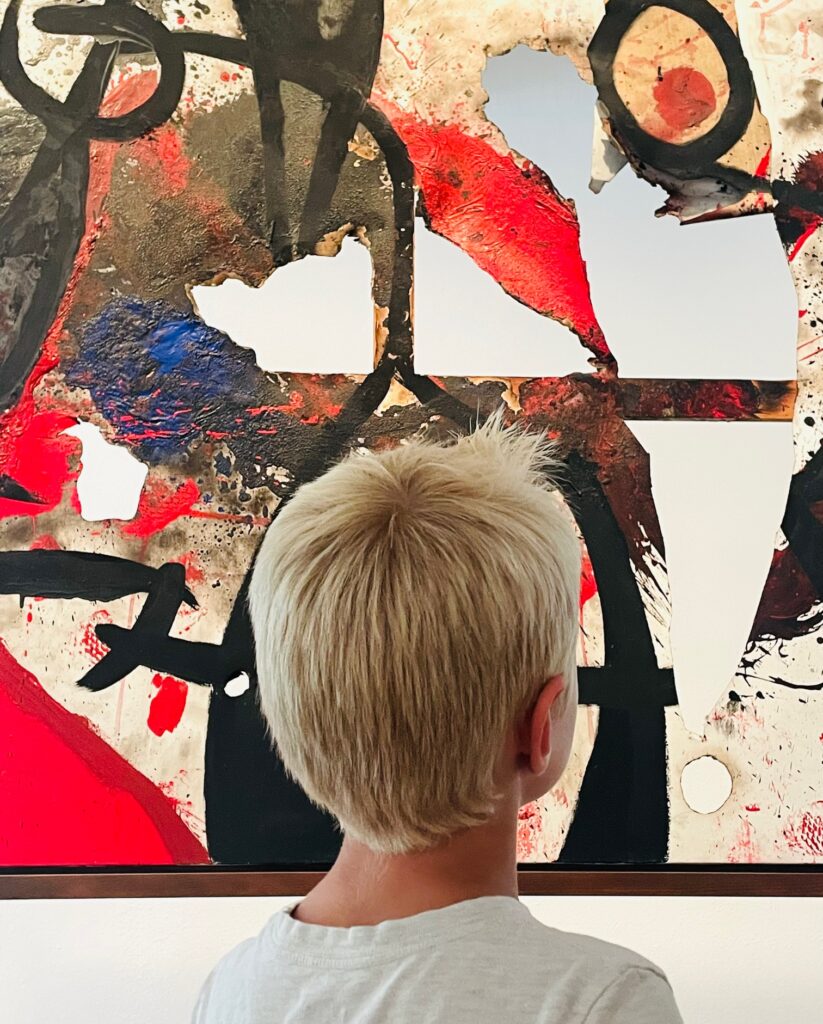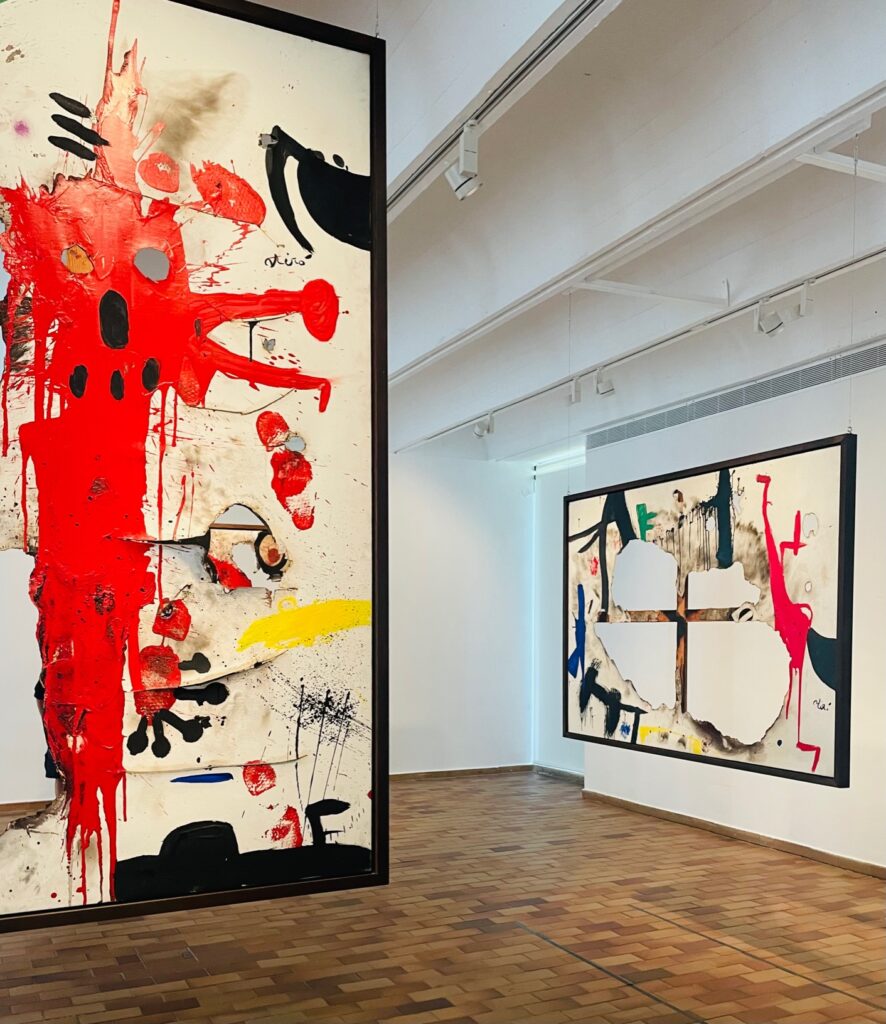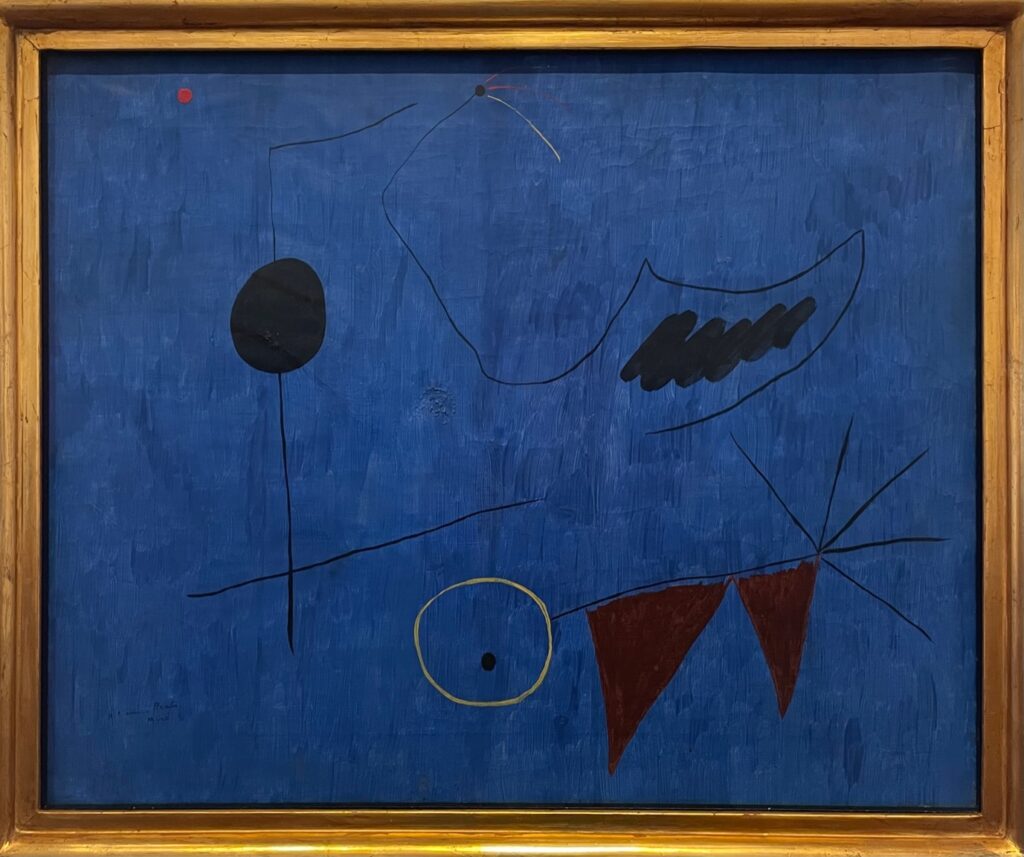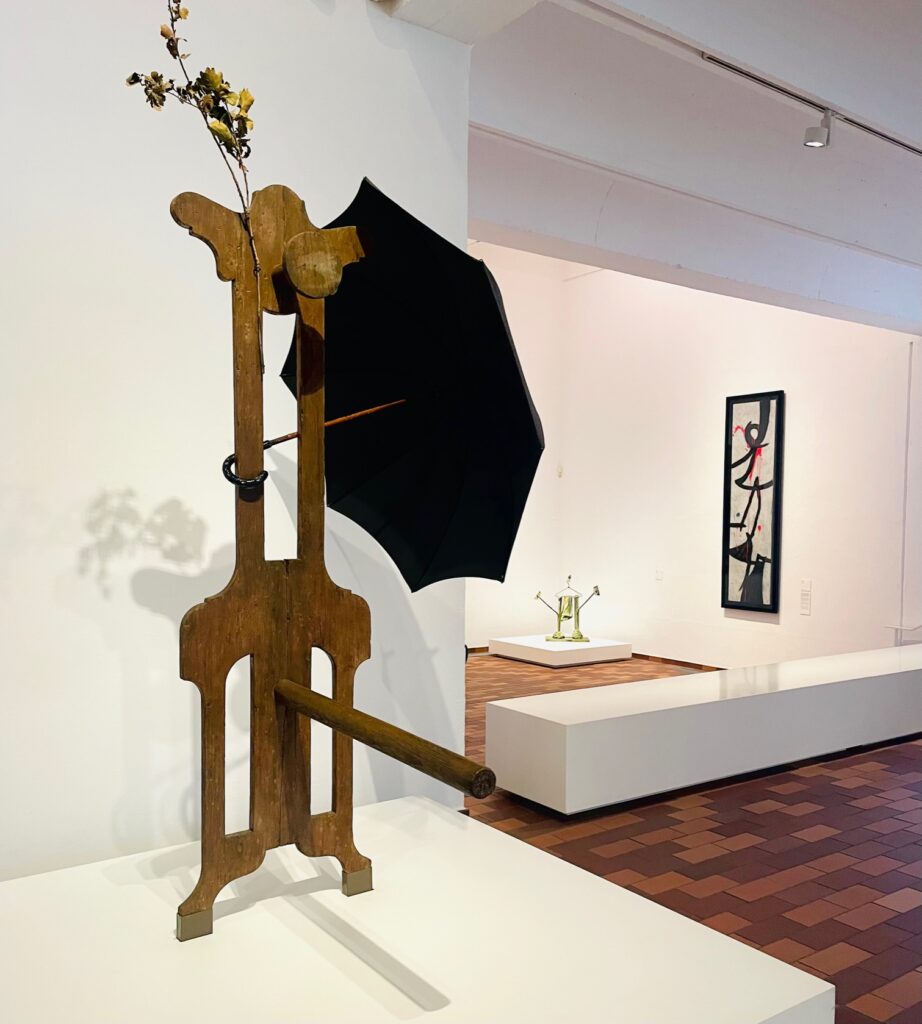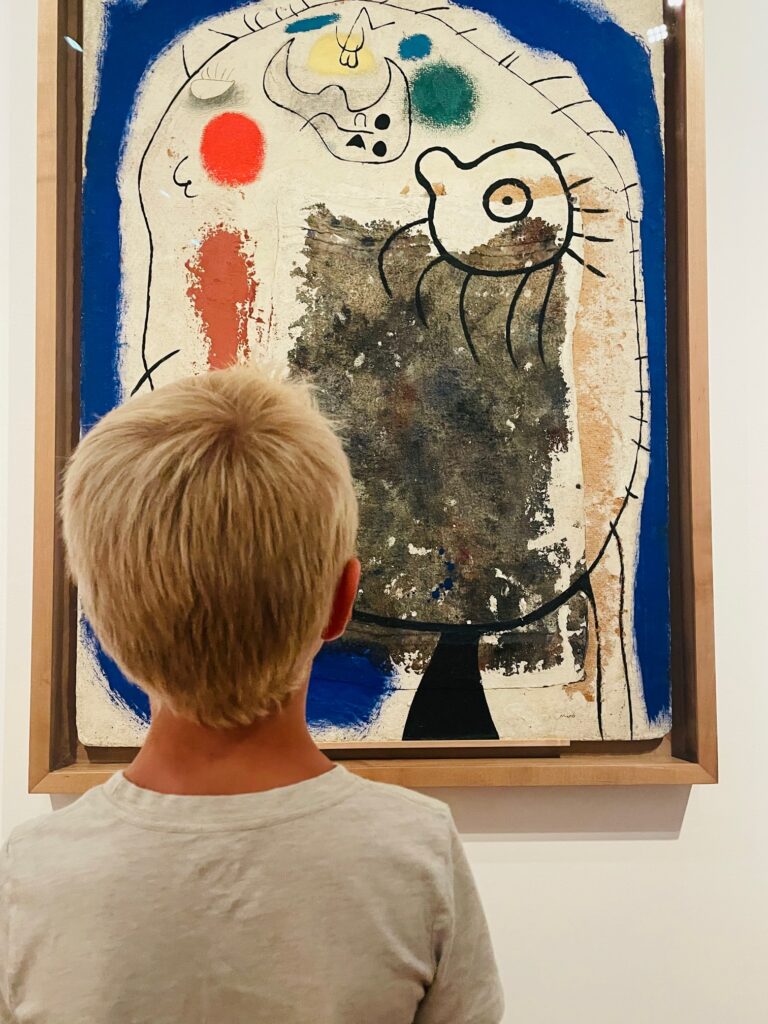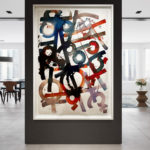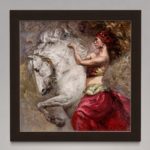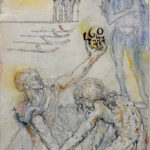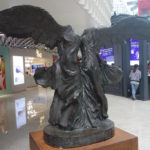By Kat Barrow-Horth for Robin Rile Fine Art
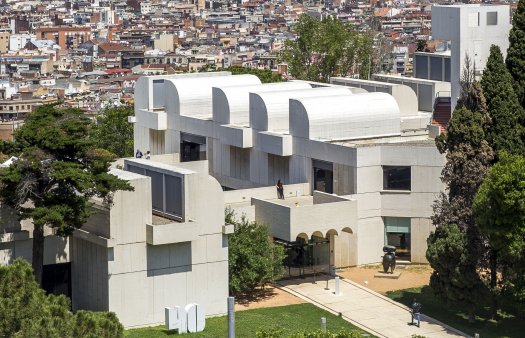
For thousands of years Barcelona’s cultures, languages and religions lived in the shadow of Montjuïc, a craggy hill looming over the cerulean Mediterranean. Its proximity to the sea allowed Barcelona to become a military stronghold and port, enabling Spain to flourish during its Golden Age (1580 to 1680). It was on the steps of Palau Reial Major in Barcelona’s Gothic Quarter that Columbus met Queen Isabella after his journey to the New World. Just as Montjuïc is no ordinary hill, it is fitting that a modern white building perched upon that hill houses no ordinary collection of art.
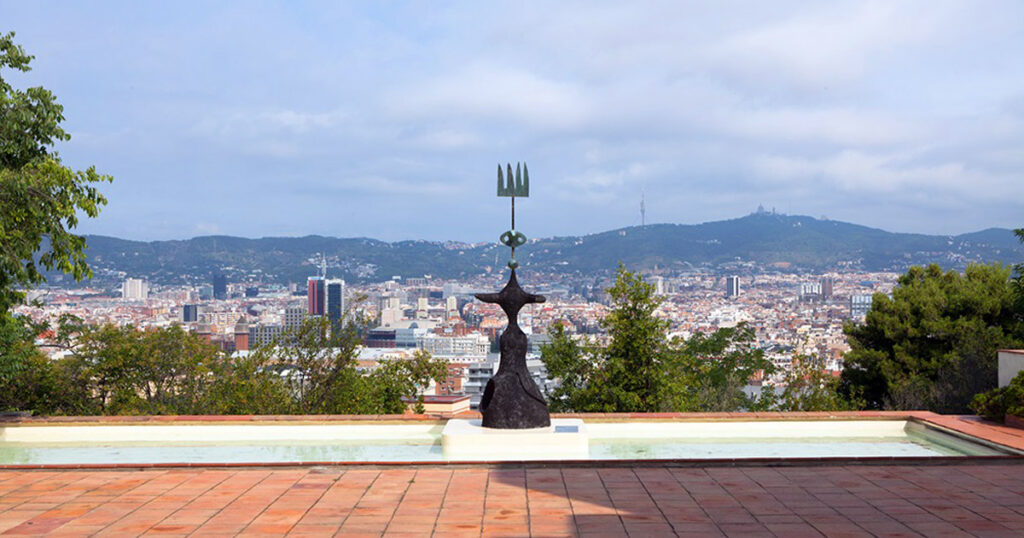
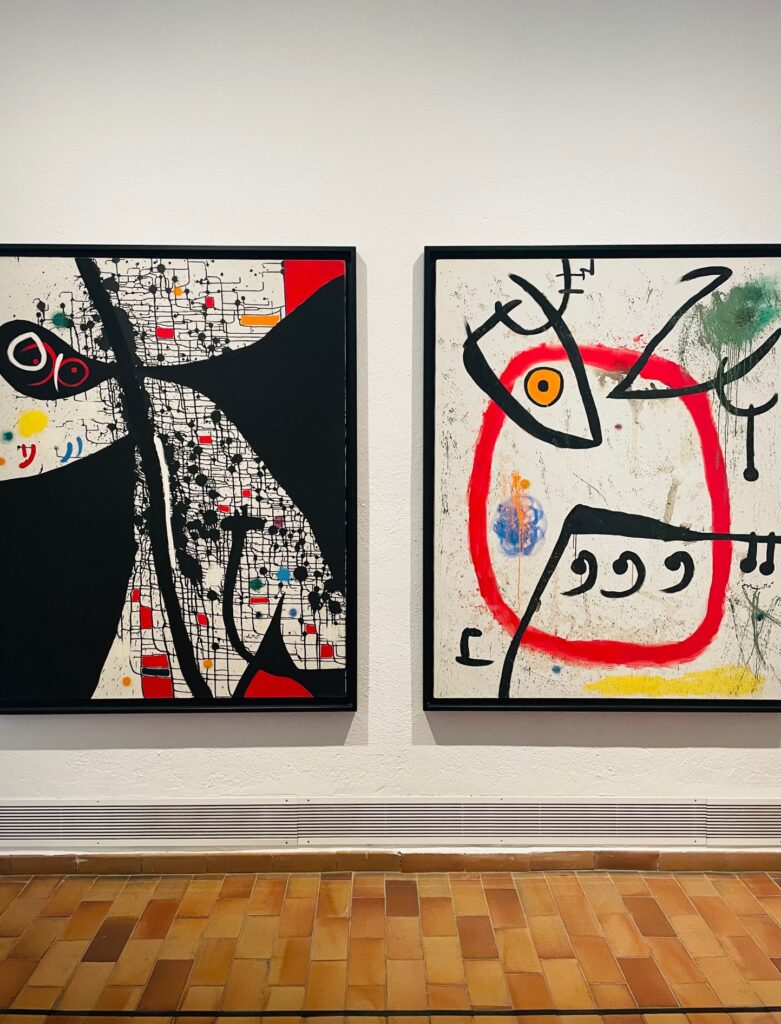
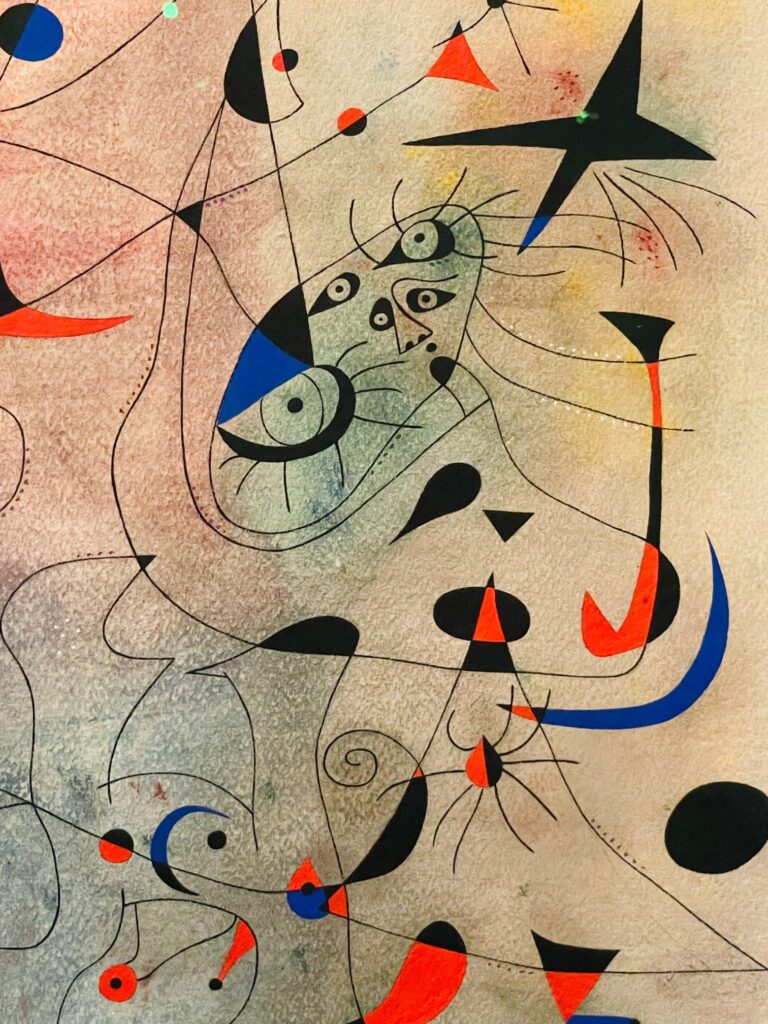
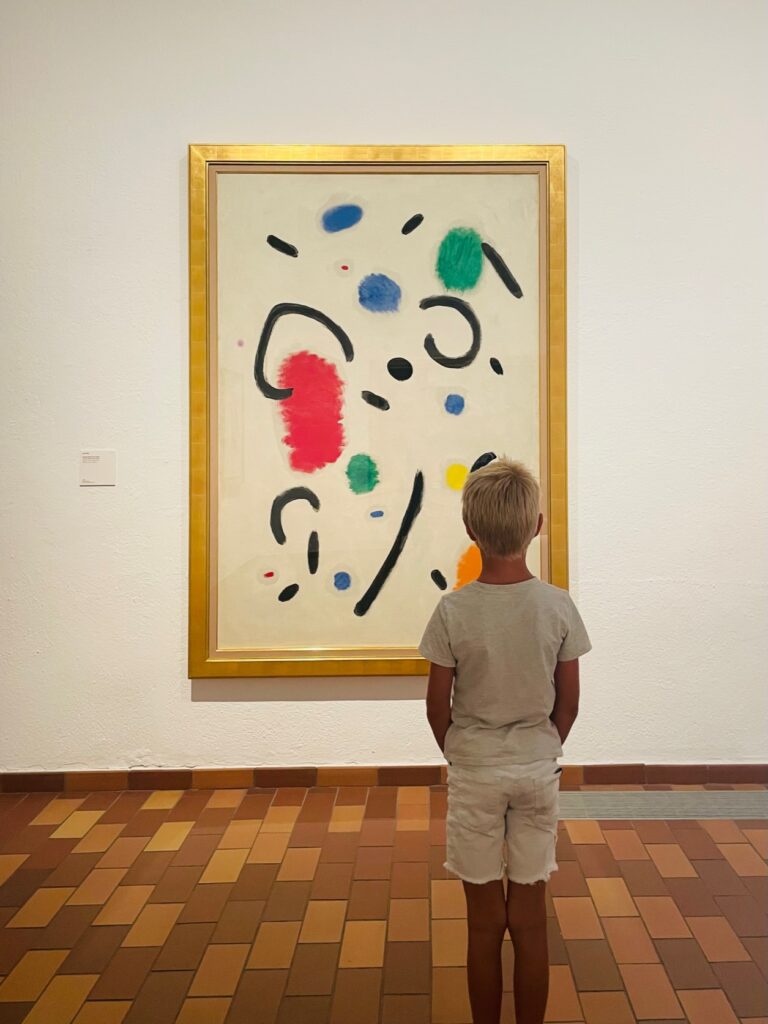
Visitors to Montjuïc (“Jewish Mountain”) will see breathtaking views of the Catalan city pierced by architectural feats such as Antoni Gaudi’s Sagrada Familia and the Tibidabo church. But, they will also find the Fundació Joan Miró, dedicated to one of the city’s most recognized artists, Joan Miró (1893-1983). At first sight, the modern building juxtaposes the dusty terrain on which it was built. Inside, visitors are transported to mid-century Spain, winding through playfully colorful galleries consisting of one of the most comprehensive collections of the Catalan master.
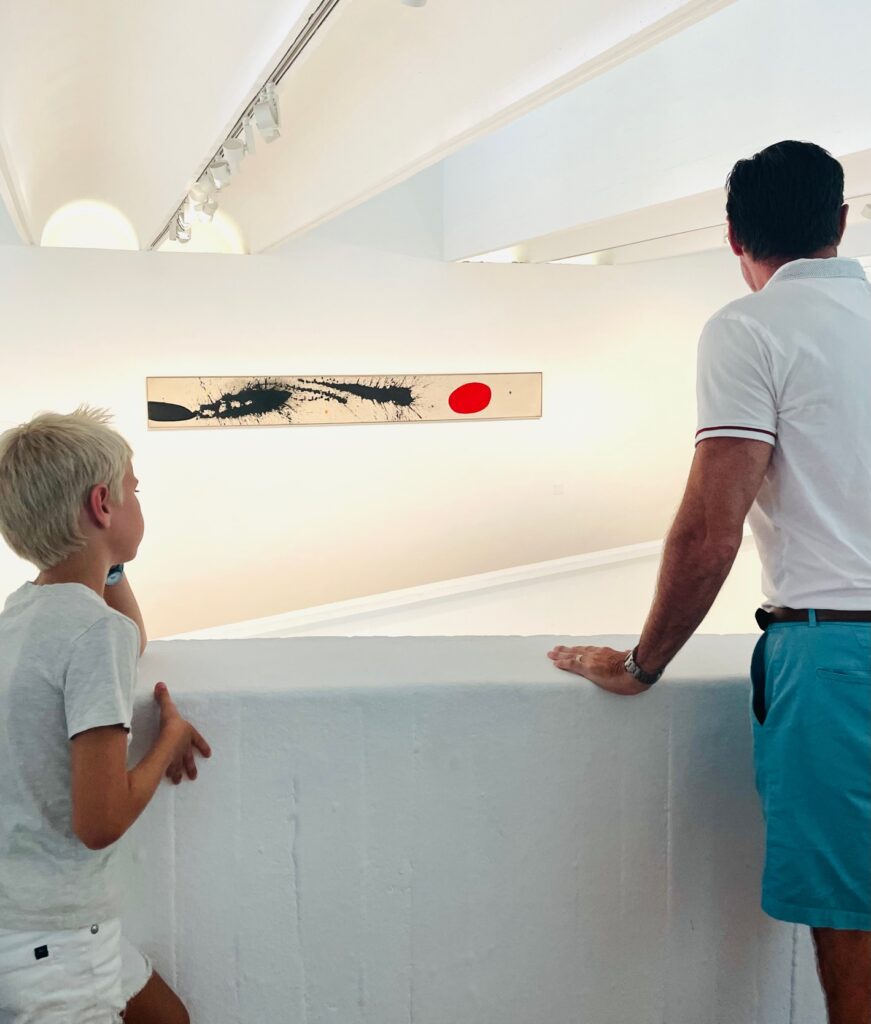
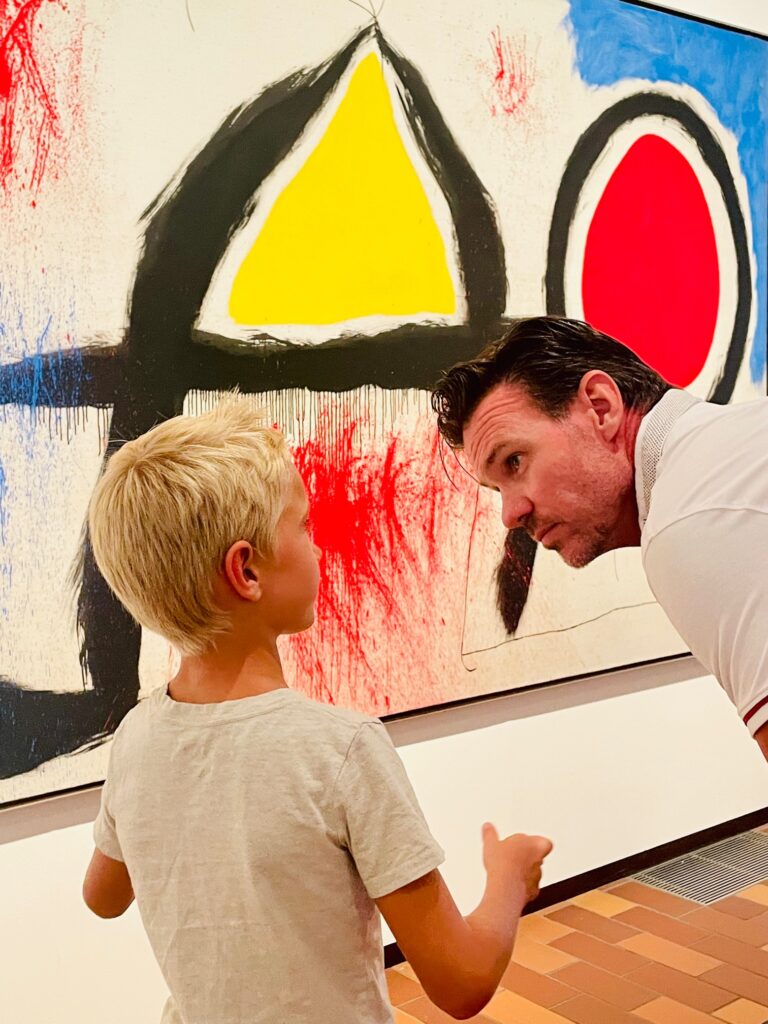
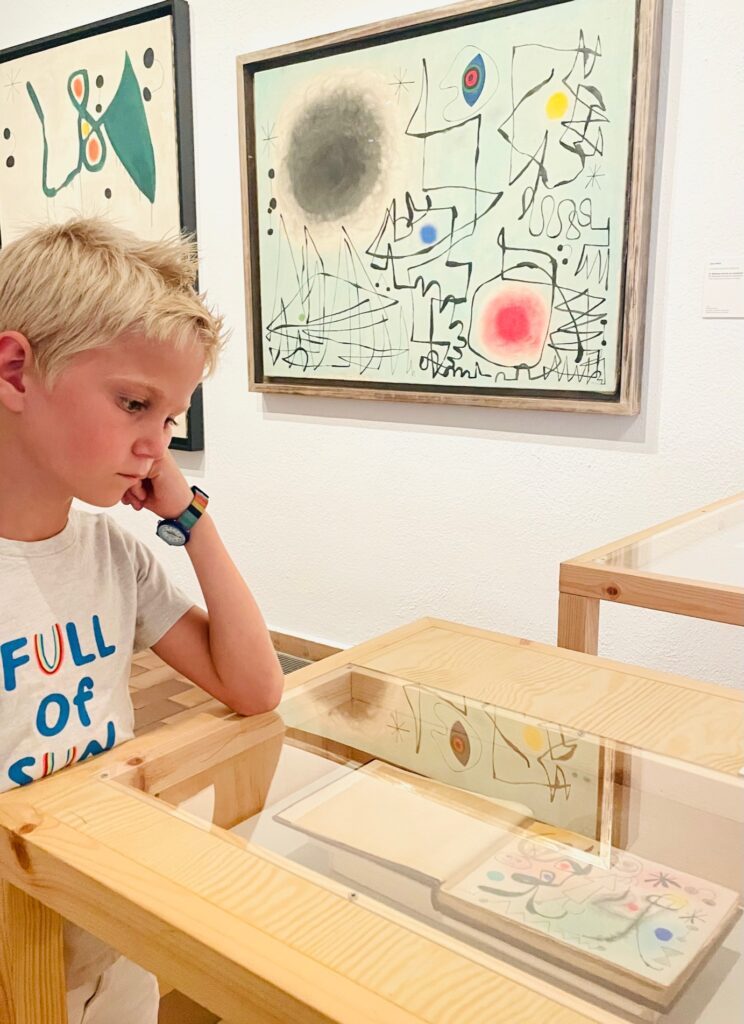
Born in Barcelona in 1893, Miró is recognized for creating Surrealist Abstraction using primary colors and simplified shapes in his paintings, drawings, sculptures, tapestries and prints. Contrasting the artist’s sparse home museum in Mallorca, the collection at Fundació Miró is unparalleled in quality, scale and breadth, weaving a robust narrative of the artist’s oeuvre.
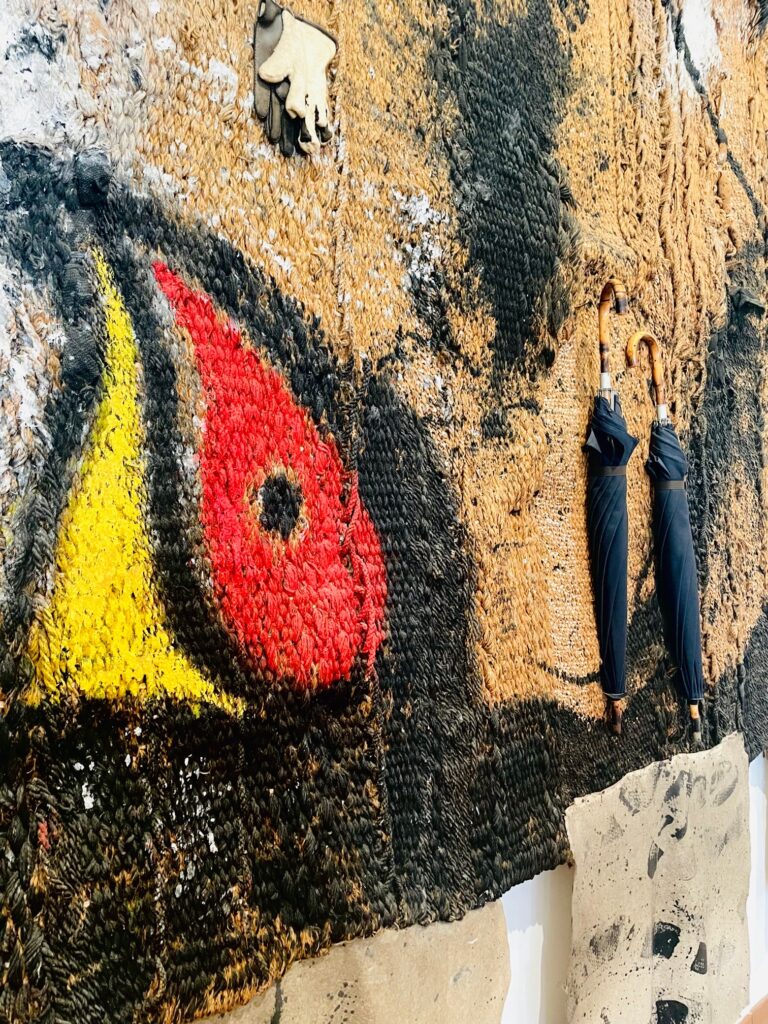
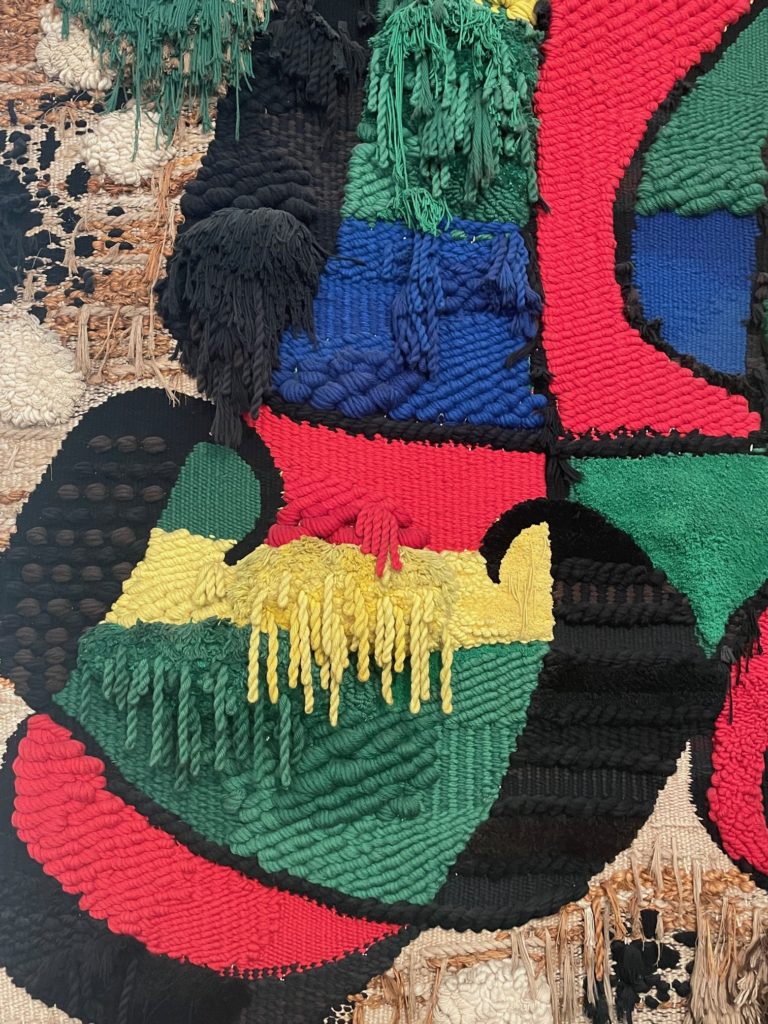
Miró created art which is the embodiment of mid-century Surrealism. Large, overscale paintings in primary colors with simplified moons, stars, animals and humans floating on ethereal canvases. Intricate tapestries designed by Miró and woven by his friend Josep Royo (b. 1945) hang in atrium spaces with yarns thickly tangled in colorful array. Bronze assemblages flank a labyrinth of intentionally burned canvases floating in exposed wood stretchers. Miró stamped his handprint on canvases connecting viewers to the master like ancient cave artists.
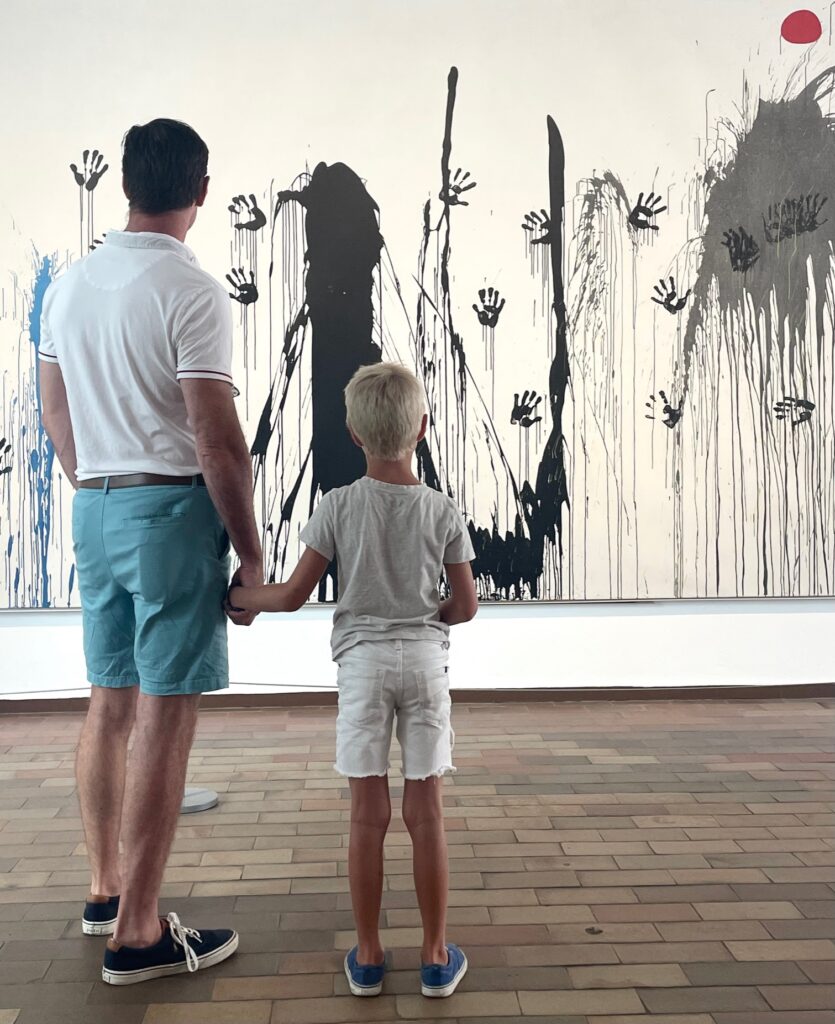
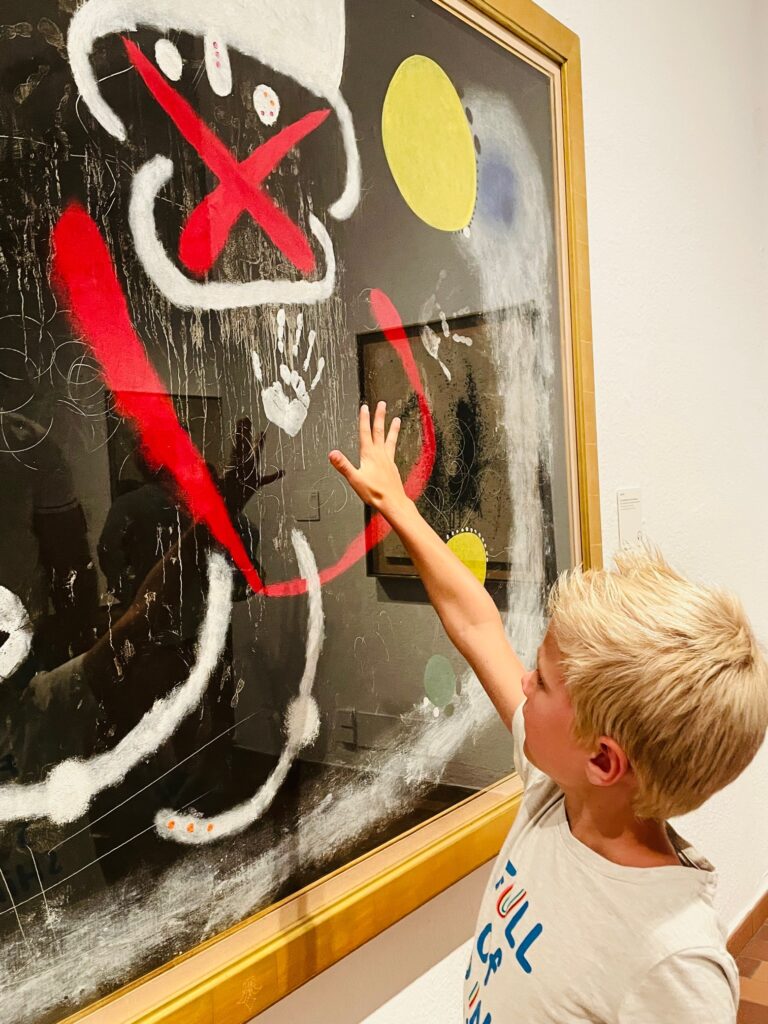
Miró’s museum and Montjuïc coalesce in a spectrum of culture in a way few others could manage.
